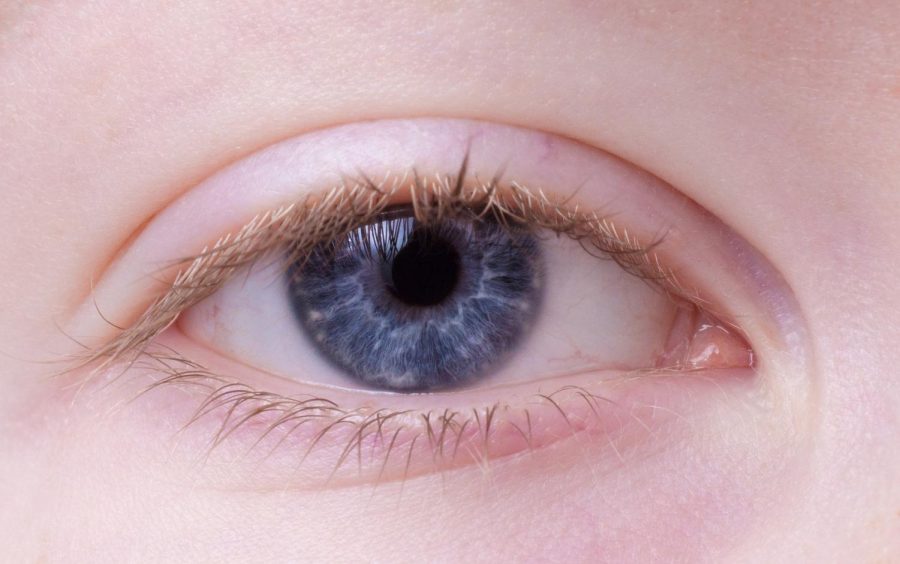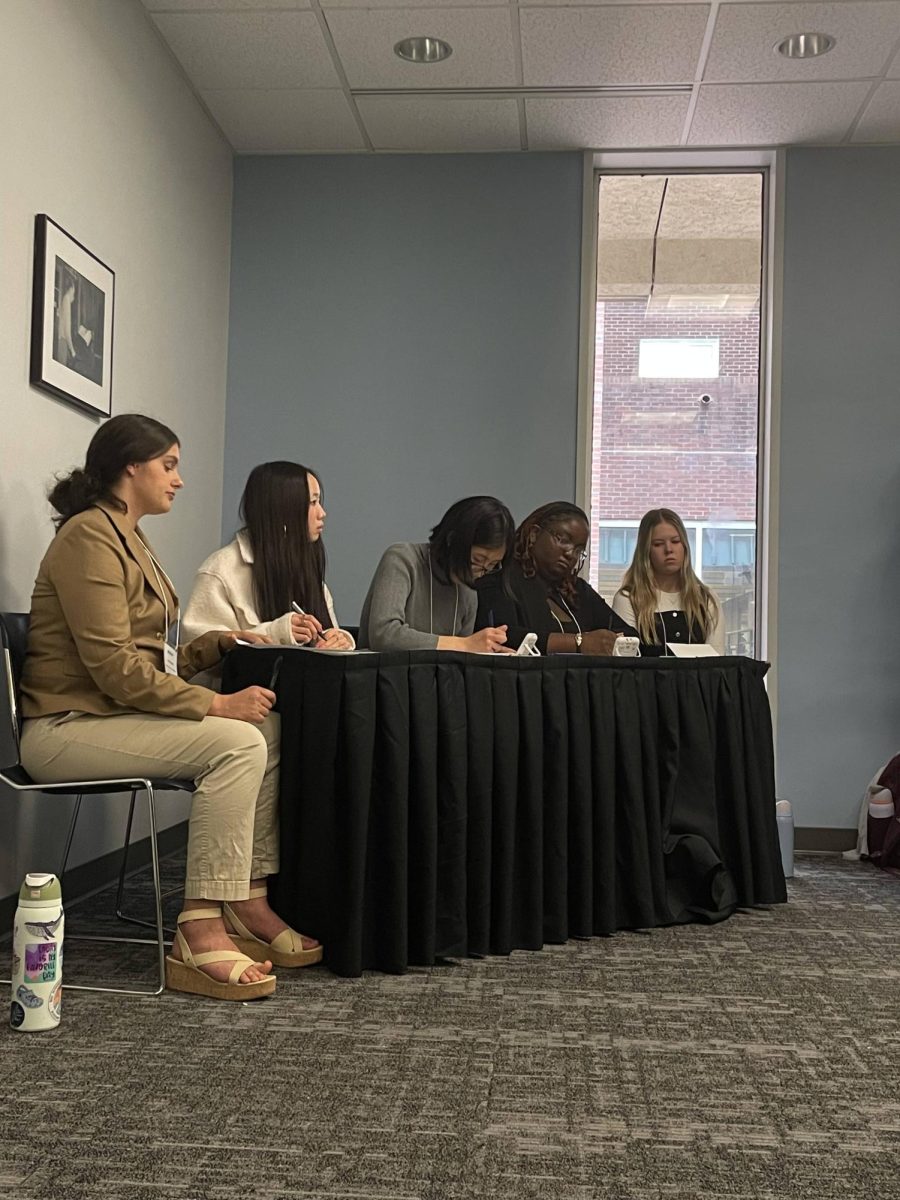Scientists may have just discovered a treatment for macular degeneration, one of the leading causes of age related blindness that has left over 104,000 people legally blind in the United States. In the UK, this number is even higher, with over 600,000 people affected. Macular degeneration is the third leading cause of blindness globally.
Age related macular degeneration, or AMD, affects the back region of the eye known as the macula. When the macula is damaged, the center part of a person’s vision may become blurred and they may develop a blind spot. Vision loss can occur quickly or over a period of time. AMD does not result in complete blindness as a person retains their peripheral vision, but it does affect activities that require sharp vision. There are two types of AMD: wet macular degeneration and dry macular degeneration.
Last week, the results of a small clinical trial of stem cell-based therapy for the condition was published in Nature Biotechnology. In the trial, stem cells were inserted into two people’s eyes before they were asked to read letters off of an eye chart. It was found that the number of letters that each subject could read correctly before the procedure was dramatically increased. This trial lasted a year, and over the course of the year the subjects were able to read correctly, on average, 25 more words.
What researchers did was take an embryonic stem cell, which is a special type of cell that can become any other human body cell, and convert it into the type of cell that makes up the retinal pigment epithelium. They were then embedded into a scaffold to hold them in place.
This study has excited many researchers, who believe that someday this type of therapy will become public. Professor Pete Coffey, from the UCL Institute of Ophthalmology, said, “This study represents real progress in regenerative medicine… We hope this will lead to an affordable ‘off-the-shelf’ therapy that could be made available to NHS patients within the next five years.”
This treatment was only for those who had the wet form of the disease, but researchers are hoping that someday it will be used to treat both wet and dry forms. This treatment is not necessarily a “cure” as completely normal vision was not restored to the patients. There is also concern that the stem cells may become cancerous, although there has been no evidence of this.
Dr. Carmel Toomes, from Leeds Institutes of Molecular Medicine, is excited, but slightly wary of the treatment. He stated that, “To see an improvement is a good sign that this therapy may help patients in the future, although further studies are needed before real conclusions can be drawn.”









